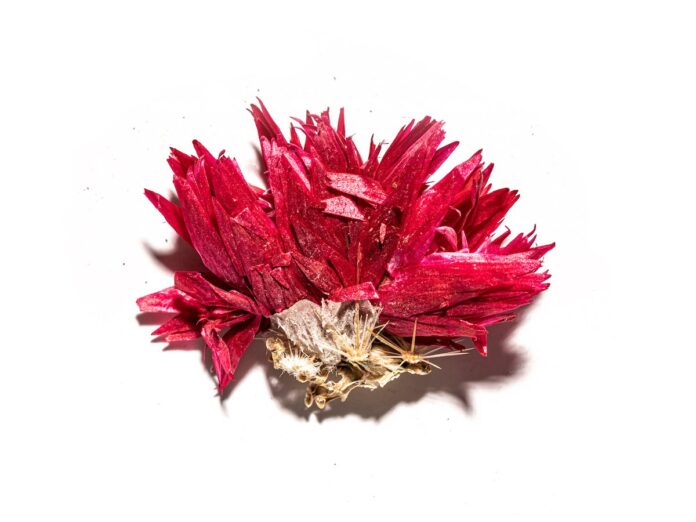PARIS: Over the course of his 35-year career, Lebanese photographer Roger Moukarzel has covered topics ranging from war and wild nature to fashion. He has photographed prominent politicians, artists, and celebrities from across the Arab world, including Sheikh Mohammed bin Rashid Al-Maktoum, Omar Sharif, Nadine Labaki, Elie Saab and Carlos Ghosn. But there was one day when he couldn’t bring himself to use his camera.
On August 4, 2020, Beirut was rocked by a devastating twin explosion at its port, which killed more than 215 people, wounded several thousand others and left areas of the Lebanese capitals in ruins. Moukarzel himself was lucky to escape serious harm.
“I remember a lot of things from August 4. It’s not difficult to talk about it because I’m used to difficult scenes in my work,” Moukarzel tells Arab News ahead of the second anniversary of the blast, for which no one in authority has yet been held accountable.
“My office was actually in front of the port. I left my office five minutes before the blast. My office was completely destroyed, and my house too,” Moukarzel continues.
Driving through Beirut to reach his injured children, the photographer was stunned by the unimaginable scale of damage inflicted upon his city. “It was surreal,” he says. “I decided not to take a single picture of what happened.”
‘Du Viviant,’ Roger Moukarzel. (Supplied)
After ensuring his children were safe, Moukarzel joined the teams of volunteers out on the streets. He still wasn’t taking any pictures. Then, an idea came to him. “I could not (deny) that this happened. It happened. I had to express myself in some way,” he says.
Moukarzel began picking up random items off the streets that were most affected by the blast. They resemble lost remnants of war, touching lives of all ages: A piece of glass; a child’s pink shoe; a juice box; a cigarette packet with the warning ‘Smoking-Kills’ on it; the broken neck of a green bottle; a flower.
Moukarzel photographed every dusty object separately against a white background. The result is a poignant series he calls “Pieces.” The pictures are clear and stark, powerful in their simplicity. The series has the feel of an anthropological study. Each item, handled with care, tells a story.
‘Dove 2,’ Roger Moukarzel. (Supplied)
“I still think of every (piece) I shot,” Moukarzel says. “For me, it was an expression of what I felt from the blast. . . I still look at them and create stories in my mind. A picture isn’t about the medium. It’s about what it says to people.”
While “Pieces” may be interpreted as indicative of loss and deterioration, Moukarzel views it more optimistically.
“I didn’t want to do something related to one person. I didn’t want to shoot one family on the street. I didn’t choose to capitalize on the drama of the people. In my mind, I wanted to do something beautiful — positive not negative,” he says.
‘Shattered 1,’ Roger Moukarzel. (Supplied)
He also hopes his pictures will be displayed in an exhibition, in remembrance of the victims. “It will be like a museum. The pieces and images of the pieces will be together. It’s my interpretation and what I want to keep for the next generation,” he says. “You know, the blast was a huge injustice. You cannot destroy a city and kill people like that and not know (how it happened).”
Moukarzel is no stranger to witnessing trauma firsthand. He was just 15 years old when he had his big break by becoming a war photographer for the former French photo agency, Sygma (and later Reuters), covering armed conflicts in the Middle East. That early-life experience left an indelible mark on his psyche.
“War photography is a very delicate thing. Either you go crazy or you become a pacifist. It can (affect) your personality. I think I’m a better person. I don’t know… I became a big pacifist, because people who don’t do war, don’t know what war is. It creates more damage and doesn’t go anywhere,” he says. “Whoever wins a war, doesn’t win anything in the end. “


